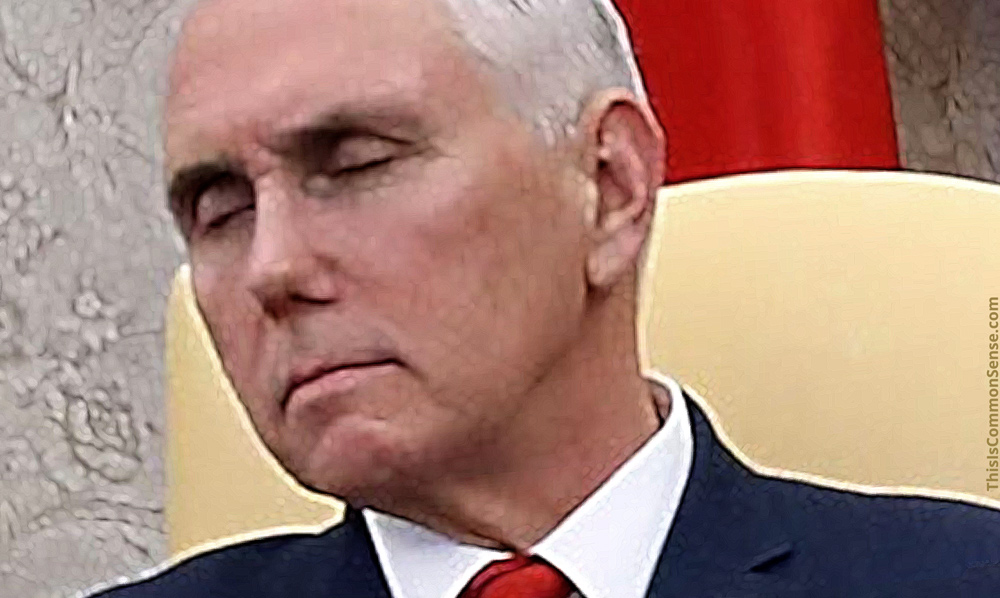“[H]ow quickly our differences worldwide would vanish,” said Ronald Reagan in 1987, “if we were facing an alien threat from outside this world.”
Does that Reaganite talking point give us any hints about the current series of disclosures about Unidentified Flying Objects?
I noted the most recent story to hit mainstream news on Sunday, about members of the U.S. Senate being briefed on the many repeated Navy encounters around the world with Unexplained Aerial Phenomena — “UAP” being the current euphemism for “UFO.”
As I mentioned a few weeks ago, the bulk of these news stories have been driven by a cadre of former government officials and contractors who have investigated UAP as part of a Pentagon research program. Now members of a non-profit educational corporation, they are on a mission to break the government-imposed silence and compartmentalized lock-up of knowledge about the phenomena.
This being America, the effort also has a History Channel tie-in.
But much of the buzz appears to be coming from outside that core group, some of it focusing on leaked documents relating to a 2002 meeting between a scientist and a Navy admiral. The subject matter includes a secret program studying actual, hangered examples of ultra-strange flying craft* kept deeply secret — even from current military command — in the corporate wing of the military-industrial complex.
A new threat to unite us all? Or just another excuse to throw taxpayer funds down the Pentagon/military-industrial complex rathole?
The ongoing UFO disclosure might be neither of these yet still not what it seems.
We should keep our minds open, but our suspicions set on high alert.
This is Common Sense. I’m Paul Jacob.
* The technology in question, in this document as well as in the footage disclosed in 2017, purportedly does not use propellers, jets, or rockets to move extremely rapidly, change course immediately, and hover.

—
See all recent commentary (simplified and organized)










